Subscribe for Newsletter
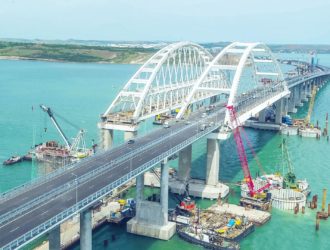
On November 25, Russia opened fire on three Ukrainian ships in the Kerch Strait and then seized them. Ukraine blamed Russia of military aggression and violation of both international law and bilateral agreements. On the next day, it announced martial law for 30 days in 10 Ukrainian regions. UkraineWorld asked Hanna Shelest, editor-in-chief of UA: […]
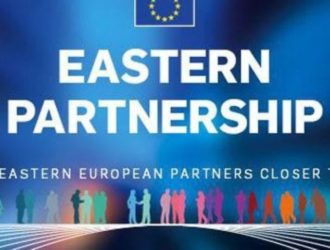
In March 2018, the EEAS and the European Commission officially relaunched multilateral architecture of the Eastern Partnership, following the results of the 5th Eastern Partnership Summit in Brussels. Having endorsed “20 Deliverables for 2020” as a key roadmap for development of the region, the EU took a first major step in making the new EaP […]

Economic cooperation was set as one of the Eastern Partnership key priorities. The basic alternative for further development of economic cooperation within the EaP and between the EaP and the EU is a two-step integration: Establishment of the Neighbourhood Economic Community of the Association Agreement signatory states; creation of the Common Economic Space of NEC […]
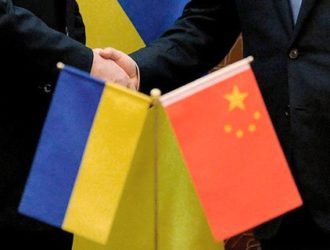
In recent years, we have been witnessing significant changes in the foreign policy strategy of PRC, the interests of which are reaching far beyond the Asia-Pacific region. For instance, the One Belt, One Road global initiative encompasses more than 70 countries. Beijing is showing interest in Central Asia and Western Europe, the Balkan and Baltic […]

Introduction Historically, Ukraine and Russia have been close neighbouring states. Moreover, for the largest part of their histories, Ukraine has been dominated by Russia and its predecessors. Ukrainian attempts to withdraw from the sphere of Russian influence have been rejected by Russia. Furthermore, during the period of its greatest domination, Russia attempted to control Ukraine […]

Introduction Slovakia is a landlocked Central European country that got its independence after the peaceful dissolution of Czechoslovakia in 1993. Since then, despite being under communist rule and a member of the Eastern Bloc for more than four decades until 1989, the country has reversed its political course completely by becoming a democracy, a member […]

Introduction Against the current geopolitical backdrop marked by heightened tensions between the Euro-Atlantic community and Russia, both Romania and Russia have been looking at each other with suspicion. Romania’s participation in the EU and NATO has meant aligning Bucharest’s foreign policy options with its Western partners, which often collides with Russia’s interests in the region. […]
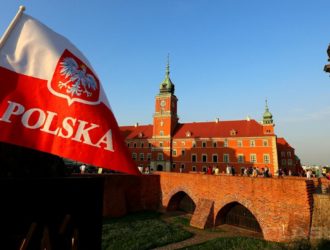
Introduction Poland’s foreign policy and the political discourse after 1989 was built upon two fundamental goals: European and Atlantic integration (in the EU and NATO) and support for the independence and democratisation of its post-Soviet neighbours (Belarus, Lithuania, and Ukraine). The tensions between Poland and Russia in the 1990s were mostly based on Russia strongly […]
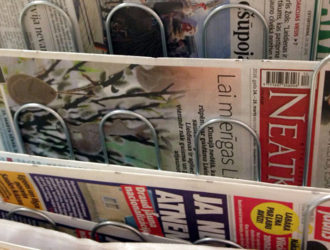
Introduction The Republic of Moldova declared its independence from the USSR on August 27, 1991. However, Russian forces have remained on Moldovan territory east of the Dniester River supporting the breakaway region of Transnistria, composed of a Slavic majority population (mostly Ukrainians and Russians), but with a sizable ethnic Moldovan minority. According to the 1989 […]

Introduction Lithuania was the first Soviet republic to declare the re-establishment of its independence on March 11, 1990. Sometimes Russian media refer to this fact, claiming that Lithuania (and the other Baltic States) ‘destroyed the Soviet Union’. The national diasporas in Lithuania are quite small. Unlike in Latvia and Estonia, Russians (5.8%, or 176 900 […]

Introduction Since the restoration of independence and statehood, Latvia has achieved remarkable results in democracy-building and overcoming its Soviet legacy. However, problems rooted in the Soviet era persist, making Latvia vulnerable and providing a path for the dissemination of Kremlin-led disinformation and propaganda. Latvia, along with the other Baltic states, can be regarded as a […]
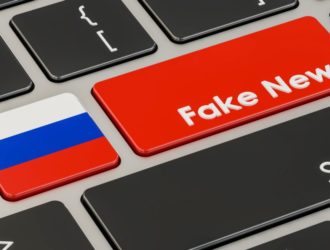
Introduction Historically, the presence of Russian culture in Hungary was strengthened by the state during the years of communism. Russian was introduced as an obligatory foreign language, and politically acceptable pieces of Russian literature were widely read. Youth exchange and other forms of day-to-day cooperation existed for four decades. At the same time, Russian cultural […]


